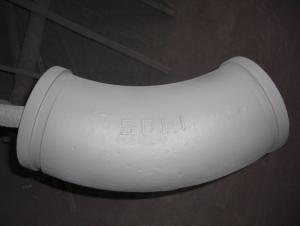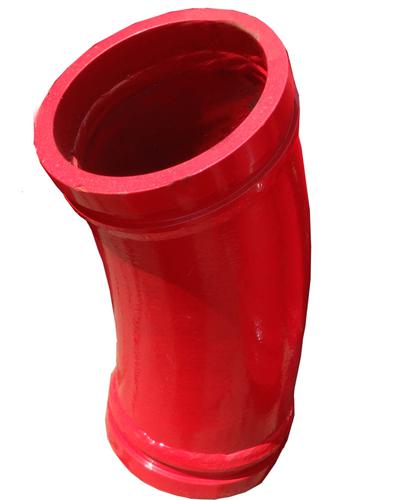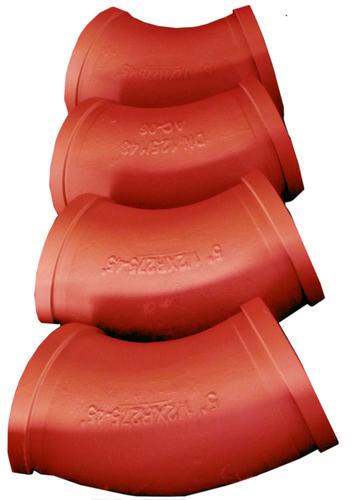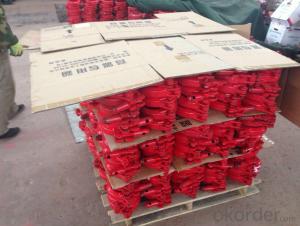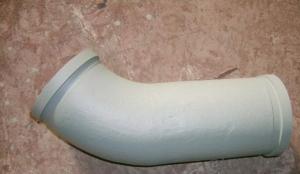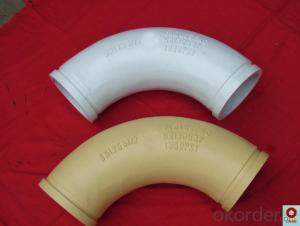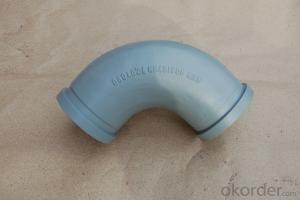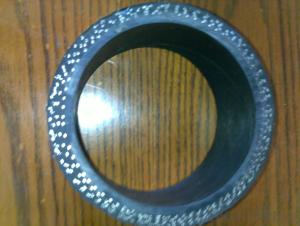Concrete Pump Truck Parts Elbow Bend DN125 R275 45DGR 148MM Mn13-4 Casting
- Loading Port:
- China Main Port
- Payment Terms:
- TT OR LC
- Min Order Qty:
- -
- Supply Capability:
- -
OKorder Service Pledge
Quality Product, Order Online Tracking, Timely Delivery
OKorder Financial Service
Credit Rating, Credit Services, Credit Purchasing
You Might Also Like
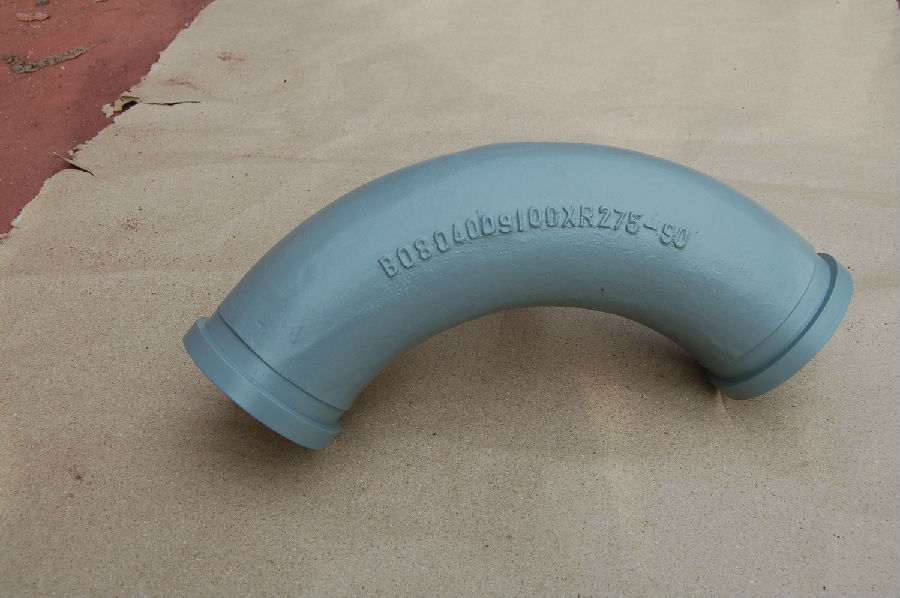
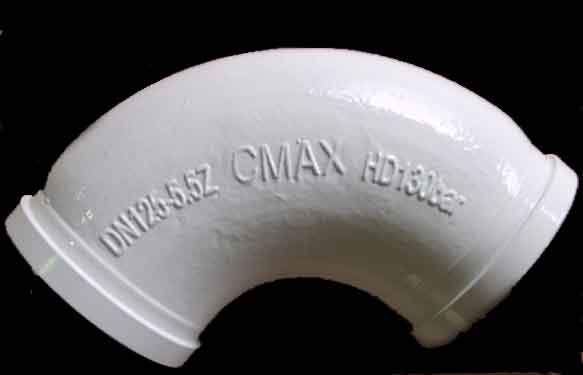
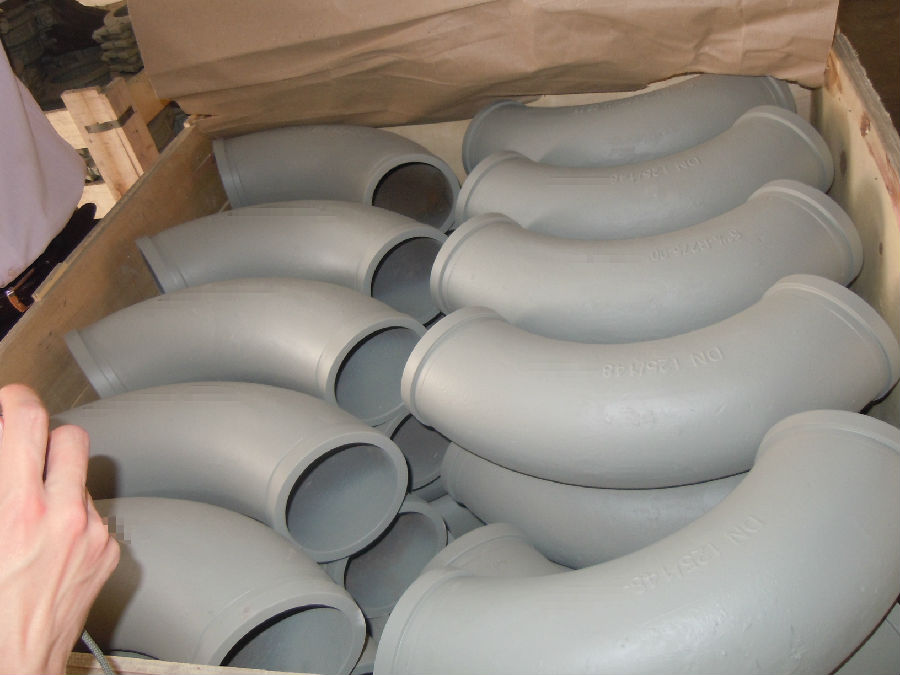
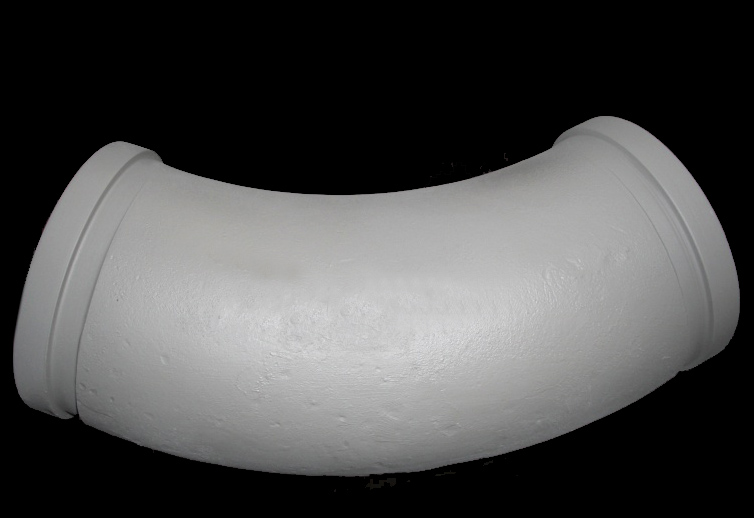
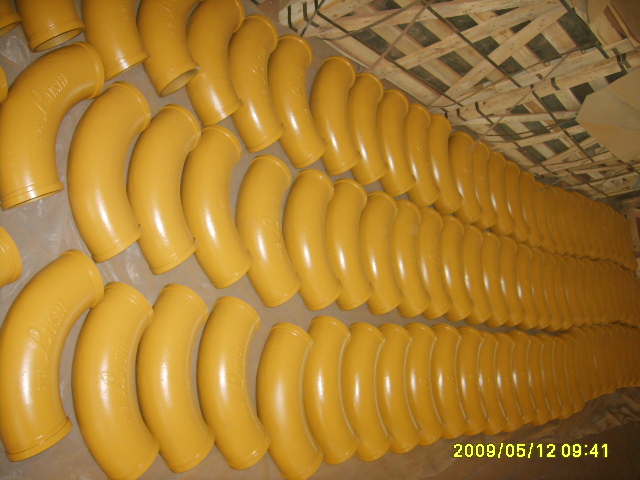
- Q: Can concrete pump spare parts be repaired or refurbished?
- Yes, concrete pump spare parts can be repaired or refurbished. Many common spare parts such as seals, bearings, valves, and hydraulic components can be repaired or refurbished to extend their lifespan and save costs. Repairing or refurbishing these parts can involve replacing worn-out or damaged components, reconditioning or re-machining certain parts, and performing necessary maintenance and testing to ensure their proper functionality. Additionally, some manufacturers or specialized companies may offer services for repairing or refurbishing specific concrete pump spare parts, allowing for a more cost-effective solution compared to purchasing brand new parts. However, it is important to note that not all spare parts can be repaired or refurbished, especially if they are severely damaged or have exceeded their recommended service life. In such cases, it may be more practical and safer to replace the parts with new ones.
- Q: How to deal with the blockage in the outlet of the distributing valve of the concrete pump?
- If this method does not dare, it can only be manually removed, remove the connecting pipe, remove the debris in the valve.
- Q: What are the signs of a faulty concrete pump control box?
- Signs of a faulty concrete pump control box can vary depending on the specific issue. However, there are some common indicators to look out for: 1. Unresponsive controls: When the controls fail to function properly or become unresponsive, such as buttons not working or switches not engaging, it is a clear sign of a faulty control box. 2. Inaccurate readings: If the readings or measurements displayed on the control panel are inconsistent or incorrect, such as pressure readings or flow rates, it suggests a faulty control box. 3. Electrical problems: Faulty control boxes can cause electrical issues like flickering lights, sudden power surges or shortages, and blown fuses. These electrical problems can be dangerous and potentially cause further damage. 4. Strange noises: A faulty control box may produce unusual noises like buzzing, humming, or clicking sounds. These noises indicate loose connections, damaged components, or malfunctioning parts within the control box. 5. Pump malfunctions: The concrete pump itself can experience malfunctions due to a faulty control box. This can include inconsistent pumping, irregular flow, or sudden stops and starts, which can disrupt the concrete pouring process and lead to project delays. If you suspect a faulty concrete pump control box, it is crucial to address the issue promptly. It is recommended to seek assistance from a qualified technician or contact the manufacturer for help in diagnosing and repairing the control box.
- Q: What are some common issues with concrete pump pipes and how can they be prevented?
- Some common issues with concrete pump pipes include clogging, wear and tear, and leakage. These issues can be prevented by regularly cleaning the pipes to avoid clogging, using high-quality pipes that are resistant to wear and tear, and ensuring proper installation and maintenance to prevent leakage. Additionally, using the correct concrete mix and adjusting the pump pressure appropriately can also help prevent these issues.
- Q: How to calculate the power of concrete pump motor?
- Of course, the motor power is large, the transmission speed is fast
- Q: How often should hopper cylinder seals be replaced in a concrete pump?
- Hopper cylinder seals in a concrete pump should be replaced as soon as signs of wear or damage are observed. Regular inspection and maintenance can help identify the need for replacement, but the frequency ultimately depends on factors like usage, environmental conditions, and the quality of the seals. It is recommended to follow the manufacturer's guidelines and consult with professionals to determine the appropriate replacement schedule for hopper cylinder seals in a concrete pump.
- Q: In general, how much concrete will be transported per hour for the concrete pump and the pump?
- Tank car replacement, reversing the car by about 5-8 minutes
- Q: Can concrete pump spare parts be imported from other countries?
- Concrete pump spare parts can indeed be brought in from other countries. Multiple manufacturers and suppliers of these spare parts have a worldwide reach and provide options for international shipping. By importing concrete pump spare parts from other countries, one can gain access to a broader selection of products, competitive prices, and superior components. Nevertheless, it is crucial to take into account factors including import regulations, customs duties, and shipping expenses when bringing in concrete pump spare parts from other countries.
- Q: How do I ensure the reliability of concrete pump spare parts in critical applications?
- To ensure the reliability of concrete pump spare parts in critical applications, there are several steps you can take: 1. Choose a reputable supplier: Research and select a trusted supplier known for providing high-quality concrete pump spare parts. Look for suppliers with a strong track record, positive customer reviews, and certifications that demonstrate their commitment to quality and reliability. 2. Verify product specifications and certifications: Before purchasing any spare parts, carefully review the product specifications and certifications. Ensure that the parts meet the required standards and have undergone rigorous testing to guarantee their reliability in critical applications. 3. Conduct regular maintenance and inspections: Implement a comprehensive maintenance and inspection schedule for your concrete pump and its spare parts. Regularly check for signs of wear, damage, or malfunction. Replace any parts that show signs of deterioration or that no longer meet the required specifications. 4. Use genuine spare parts: Always opt for genuine spare parts that are specifically designed for your concrete pump model. Genuine parts are manufactured to the highest standards and are more likely to provide reliable performance in critical applications compared to generic or counterfeit alternatives. 5. Keep an inventory of critical spare parts: Identify the most critical spare parts that are prone to failure or wear and keep an inventory of these parts on hand. This will minimize downtime in case of unexpected failures and ensure that you can quickly replace any faulty components. 6. Train and educate operators: Provide thorough training to your concrete pump operators on proper handling and maintenance of spare parts. Educate them on the importance of following manufacturer guidelines and best practices to maximize the reliability and longevity of the equipment. 7. Prioritize safety: Safety should always be a top priority in critical applications. Ensure that the spare parts you use are compliant with safety regulations and standards. Regularly assess and update safety protocols to minimize the risk of accidents or equipment failure. By following these steps, you can enhance the reliability of concrete pump spare parts in critical applications, reducing the likelihood of downtime and ensuring the smooth operation of your equipment.
- Q: How can one determine the correct hardness and durometer rating for rubber components in concrete pump spare parts?
- Determining the correct hardness and durometer rating for rubber components in concrete pump spare parts requires considering several factors. Firstly, it is important to understand the specific application requirements of the rubber components. Factors such as the pressure, temperature, and frequency of use should be taken into account. Next, it is essential to consider the compatibility of the rubber material with concrete and other chemicals that may come into contact with the components. Chemical resistance is crucial to ensure the durability and longevity of the rubber parts. Additionally, analyzing the expected load and stress on the rubber components is crucial. Considerations such as the weight of the concrete, the force applied during pumping, and the potential impact or abrasion should be evaluated. Furthermore, environmental conditions should be considered. Factors like exposure to sunlight, extreme temperatures, or harsh weather conditions can affect the performance and lifespan of rubber components. Another aspect to consider is the specific type of rubber material used. Different rubber compounds have varying hardness and durometer ratings. Consulting with rubber manufacturers or suppliers who specialize in concrete pump spare parts can provide valuable insights and recommendations based on their expertise and experience. Ultimately, determining the correct hardness and durometer rating for rubber components in concrete pump spare parts requires careful evaluation of the application requirements, compatibility, load and stress factors, environmental conditions, and expert advice.
Send your message to us
Concrete Pump Truck Parts Elbow Bend DN125 R275 45DGR 148MM Mn13-4 Casting
- Loading Port:
- China Main Port
- Payment Terms:
- TT OR LC
- Min Order Qty:
- -
- Supply Capability:
- -
OKorder Service Pledge
Quality Product, Order Online Tracking, Timely Delivery
OKorder Financial Service
Credit Rating, Credit Services, Credit Purchasing
Similar products
Hot products
Hot Searches
Related keywords

